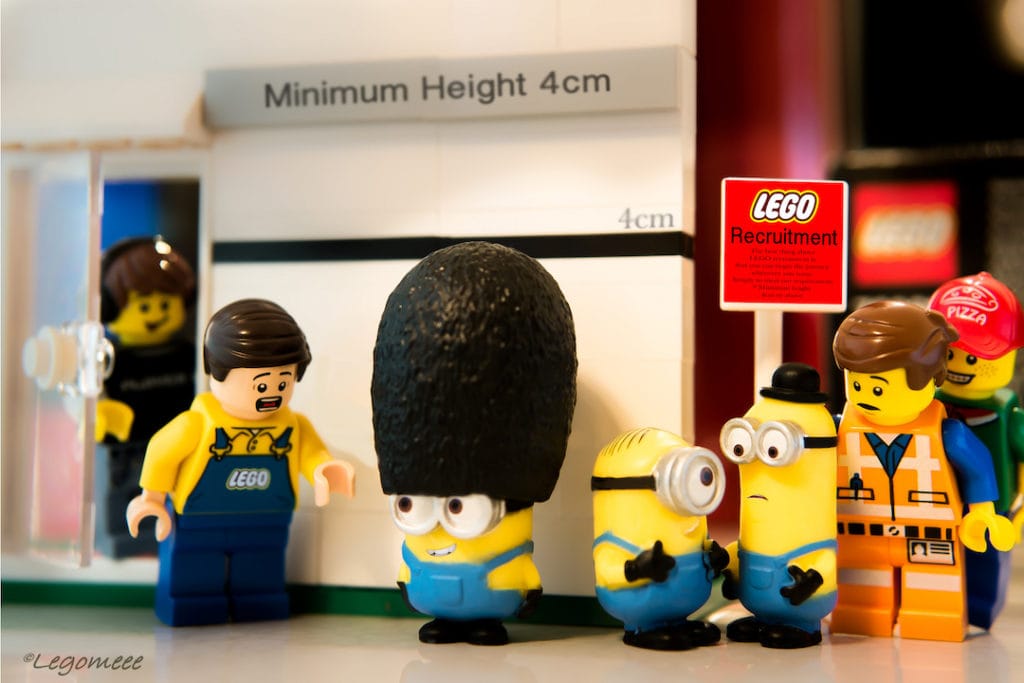The need to belong comes just after air, food, and shelter. As human beings, we need community (yes, even introverts frantically shake their heads and pull the blinds).
That’s why even in these days when we live as a nuclear family and barely speak to our neighbors, we still crave being part of something bigger than us. For some that’s a sports team, for others, it’s a fandom, a church, or being a regular at your local bar. Whatever floats your boat.
The fact is: where there is a sense of belonging, there is increased productivity. You’ll already know because we keep repeating it ad nauseum, remote teams are already more productive. So why not supercharge them with a great sense of team spirit and encourage teamwork online?
What is team spirit?
Google tells me that team spirit means feelings of camaraderie among the members of a group, enabling them to cooperate and work well together online. I think Google is probably right. The last part impacts effectiveness. If your team is working cooperatively, you’re getting the most out of every member.
But creating a sense of team identity, and pulling people together when they work remotely needs different skills. We’ve talked in the past about bringing an online team together, but let’s get back to basics.
What is a team?
Back to Google for a definition: A group of people who come together to achieve a common goal. That gives us two places to start:
A common goal
A big part of belonging is knowing what it is that you’re trying to achieve. If you’re a regular reader, you’ll know that we at DistantJob are advocates of the Agile Methodology for remote teams. If you want to know more, you can download our free eBook to see why we think it’s a match made in heaven. Setting goals is a big part of the Agile ethos.
An Agile goal is less a particular set of instructions and more giving the team a ‘higher purpose.’ There are lots of acronyms thrown around in the business world to help managers set better goals; SMART (Specific, Measurable, Achievable, Realistic and Time-based) and CLEAR (Collaborative, Limited, Emotional, Appreciable and Refinable). If you want a goal that your team can come together over, what then? Think bigger.
For a complete change of pace, how about Build-a-Bear? ‘Our mission is to bring the teddy bear to life. An American icon, the Teddy Bear brings to mind warm thoughts about our childhood, trust and comfort, and also about love.’
inVision are guided by this: Question assumptions. Think deeply. Iterate as a lifestyle. Details, Details. Design is everywhere. Integrity.’
None of those goals are tangible, but they’re all inspirational, in their way. That’s what your team goal needs to be, to unite everyone under one banner.

Coming Together
If you share office space, it’s easier to organize corporate team-building activities, such as away days, brainstorming, or group bonding over a beer after work. These things, combined with sharing the day-to-day experience of working side by side through deadlines and good times, are what help people bond—at least, in a traditional team.
Building up that rapport, the same sense of trust in a virtual team just takes different tools. It isn’t just about choosing the right online applications to help your team communicate (but we have a series of posts on that subject coming soon] ).
Remote team building means making time to get to know each team member and to let the team get to know each other. For example, adding five minutes to the beginning or end of conference calls for a chat or having a Slack chat channel just for shooting the breeze. Do this, and learn to avoid the most common mistakes when you scale your remote team, and you’ll be well ahead of the pack.
How Agile Promotes Virtual Team Bonding
The Agile methodology builds trust. Teams don’t have a choice but to bond as they work together to meet their objectives. Because Agile places a high value on self-management (aka trust), you believe in your colleagues and want them to succeed, so the entire project does.
And the daily stand-up (even if people are sneakily sitting down, it’s hard to tell on webcams) means there is regular communication. You see results, you hear about the difficulties that others are having, and the team is empowered to offer their solutions to help prevent slippage.
Every team needs a leader
Back in 2010, the late, great Steve Jobs gave an interview in which he touched on his leadership style. Apple, he said, were still organized like a start-up. They had zero committees, but the people in charge of aspects of the business met for three hours each week to discuss everything.
Teamwork trickled down from these meetings to the rest of the company, and it was built on a trust that the teams were able to do their jobs. His job was just to meet with people and keep in touch with what was going on.
My favorite quote: If you want to hire great people and keep them working for you, you have to let them make a lot of decisions. You have to be run by ideas, not hierarchy. The best ideas have to win. Otherwise good people don’t stay.
If you’re lucky, you work for a company where team spirit is already trickling down to you. If you don’t, then you need to be the person to create it. So how do you do that?
- Make communication your priority. Talk about the job and people. Make sure to give time to building relationships.
- Set a team goal. Not a deadline for your next release date, but an aspirational idea that the team can get behind.
- Try Agile. If you don’t already use it, then give the Agile development methodology a try. You’ll be amazed at how trusting your hiring decisions and letting your team do their jobs, improves not just productivity but morale.
Finding the right people takes effort
Back to Steve Jobs: Apple also invested a lot of time and effort in hiring the right people. In the early days, job interviews would often last the whole day with candidates meeting everyone in the company. If they weren’t universally approved? They didn’t get the job.
Luckily for you, you don’t need to go to quite the same extremes as Apple. If you’re looking to add the best digital nomads to your virtual team, then give us a shout. We’re experts at not only finding the superstars of software development but making sure that every one of our candidates is suited to working from home




